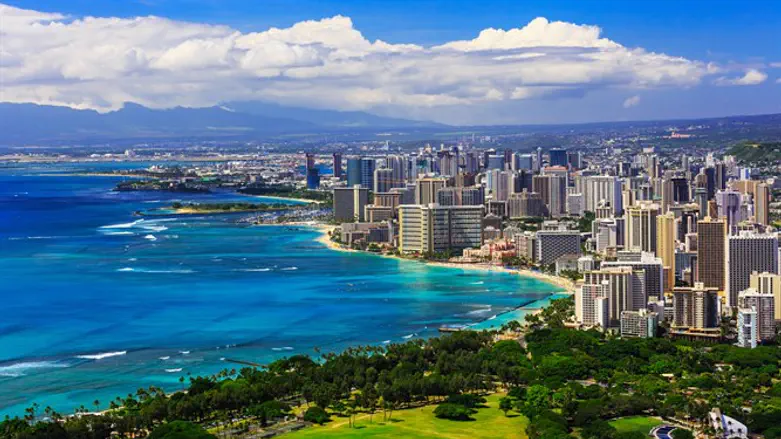
A false emergency alert warning of an incoming ballistic missile caused massive panic in Hawaii for about 40 minutes on Saturday, The Hill reports.
The alert caused terrified people to scramble to find shelter and prepare for what they thought might be their final moments.
U.S. and state officials worked hurriedly to recall the mobile alert and assure residents that there was no missile rocketing toward the islands.
"This is a real threat facing Hawaii, so people got this message on their phones and they thought: 15 minutes, we have 15 minutes before me and my family could be dead," Rep. Tulsi Gabbard (D-HI) told CNN.
The alert spread quickly across the state. Not only did it appear on mobile devices, it was broadcast on television and radio and appeared on electronic road signs as people tried to find shelter.
Exactly how and why the notification was sent out remains unclear. Hawaii Gov. David Ige later told CNN that it was done in error. An emergency employee had "pushed the wrong button" during a shift change, he said.
The White House said that President Donald Trump had been briefed on the incident, and that the false alert was "purely a state exercise."
Sen. Mazie Hirono (D-HI) said that, because of heightened tensions with North Korea, it was particularly important for emergency alert systems to be accurate, and that officials needed to look into the false alert.
Not long after officials had recalled the alert, the Federal Communications Commission launched an investigation into the matter.
Hawaii has been on high alert in recent months due to the ongoing tensions with North Korea, has continued to carry out missile and nuclear tests, in defiance of international pressure and United Nations resolutions.
The isolated country recently launched a Hwasong-15 missile, a new type of intercontinental ballistic missile (ICBM) which officials said can fly over 13,000 km (8,080 miles).
Pyongyang said following that launch as well that that it had test-fired its most advanced missile, putting the U.S. mainland within range, and also declared itself to be "a responsible nuclear power".
In November, Hawaii brought back into use its nuclear warning siren — a Cold War-era tool intended to notify residents of an impending strike.
It is estimated an ICBM launched from North Korea would take up to 20 minutes to travel to Hawaii, with the public receiving a warning about 12 minutes beforehand.